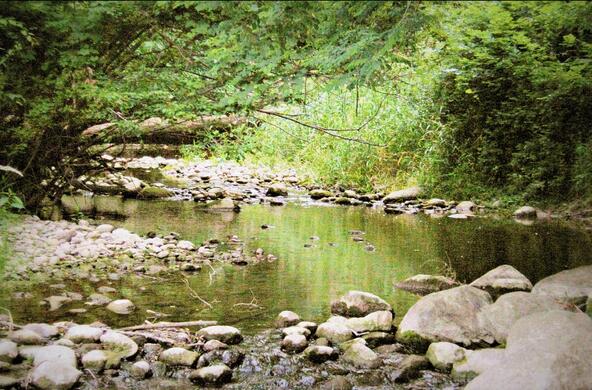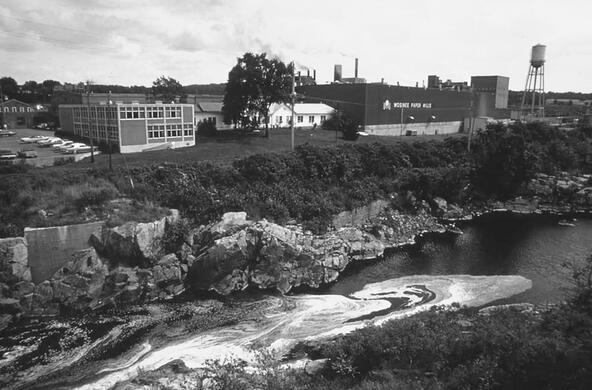Gwynns Falls in Baltimore has a drug problem. Researchers found amphetamines, opioids and morphine in the water, and that kind of pollution is having an impact on the aquatic food chain.
Most people wonder how drugs get into streams. Scientists believe the root of the problem is Baltimore's failing sewage system.
The water at Gwynns Run at Carroll Park is contaminated with caffeine, amphetamines, opioids and morphine. Scientists working with the Cary Institute of Ecosystems Studies sampled six streams in the Gwynns Falls and Oregon Ridge Watersheds.
"We had some evidence that in Baltimore there was some sewage getting into streams, and so we tested for pharmaceuticals," said Dr. Emma J. Rosi-Marshall, co-author of the study.
Researchers built an artificial stream that included rocks, algae even insects to test the impact with the same level of amphetamine found in the Gwynns Falls. Turns out, it suppresses algae growth, and expedites maturing of bugs living on the water.
"Part of their life cycle includes emerging from the streams as flying adults. We found that more of them emerged when we exposed them to the amphetamines," Rosi-Marshall said.
Scientists point to Baltimore's leaky and overflowing sewage system as the problem. The Baltimore City Department of Public Works has been working for years to upgrade the system.
"We've already done hundreds of miles of sewer lines as part of our consent decree and we have hundreds more yet to go," said Jeffrey Raymond with DPW.
Work begins soon on what's called the Headworks Project at the Back River Waste Water Treatment Plant. This will expand capacity and reduce overflows.
"It will cut them by 80 percent or more," Raymond said.
The level of pharmaceuticals in the Gwynns Falls is not enough to get people high. Drinking the water would make you sick anyway because of other pollutants. Scientists say the impact on the aquatic food chain could affect people.
Sewage treatment plants can remove some medicines but not everything gets filtered out. So scientists say drug tainted discharges could potentially have a similar impact on the bay and its tributaries.





